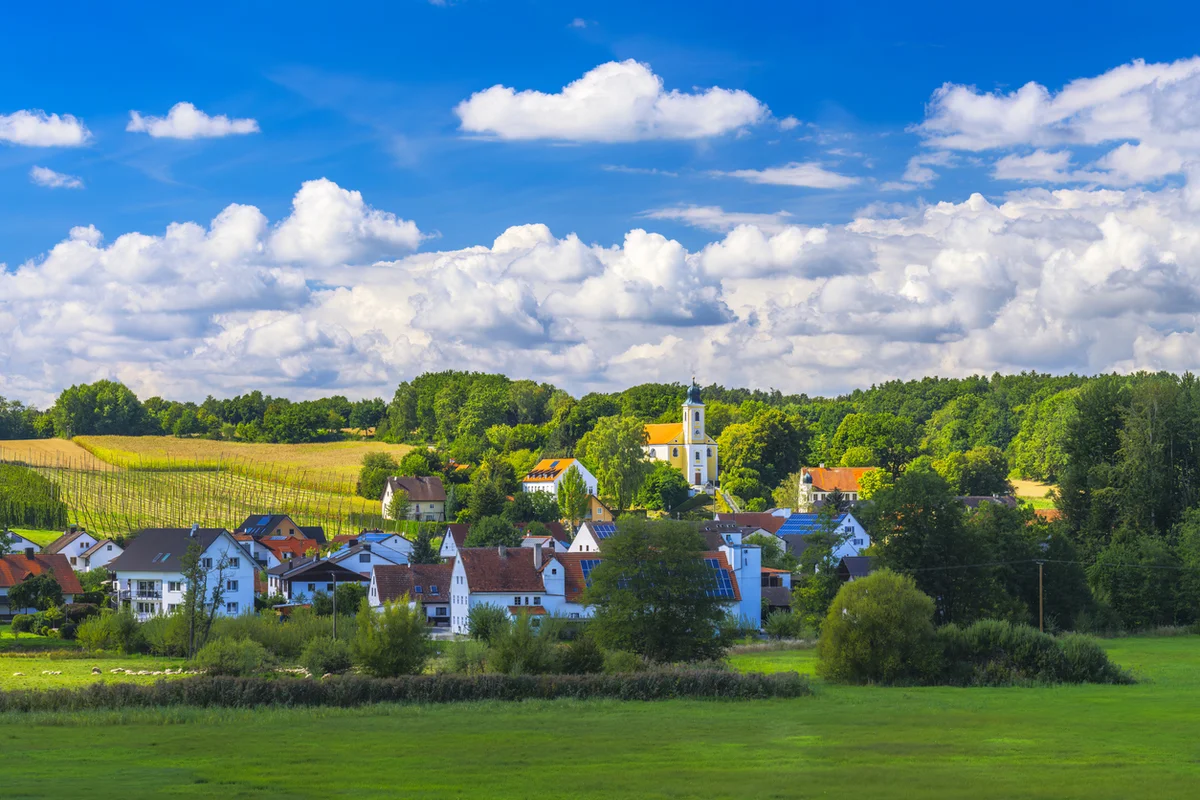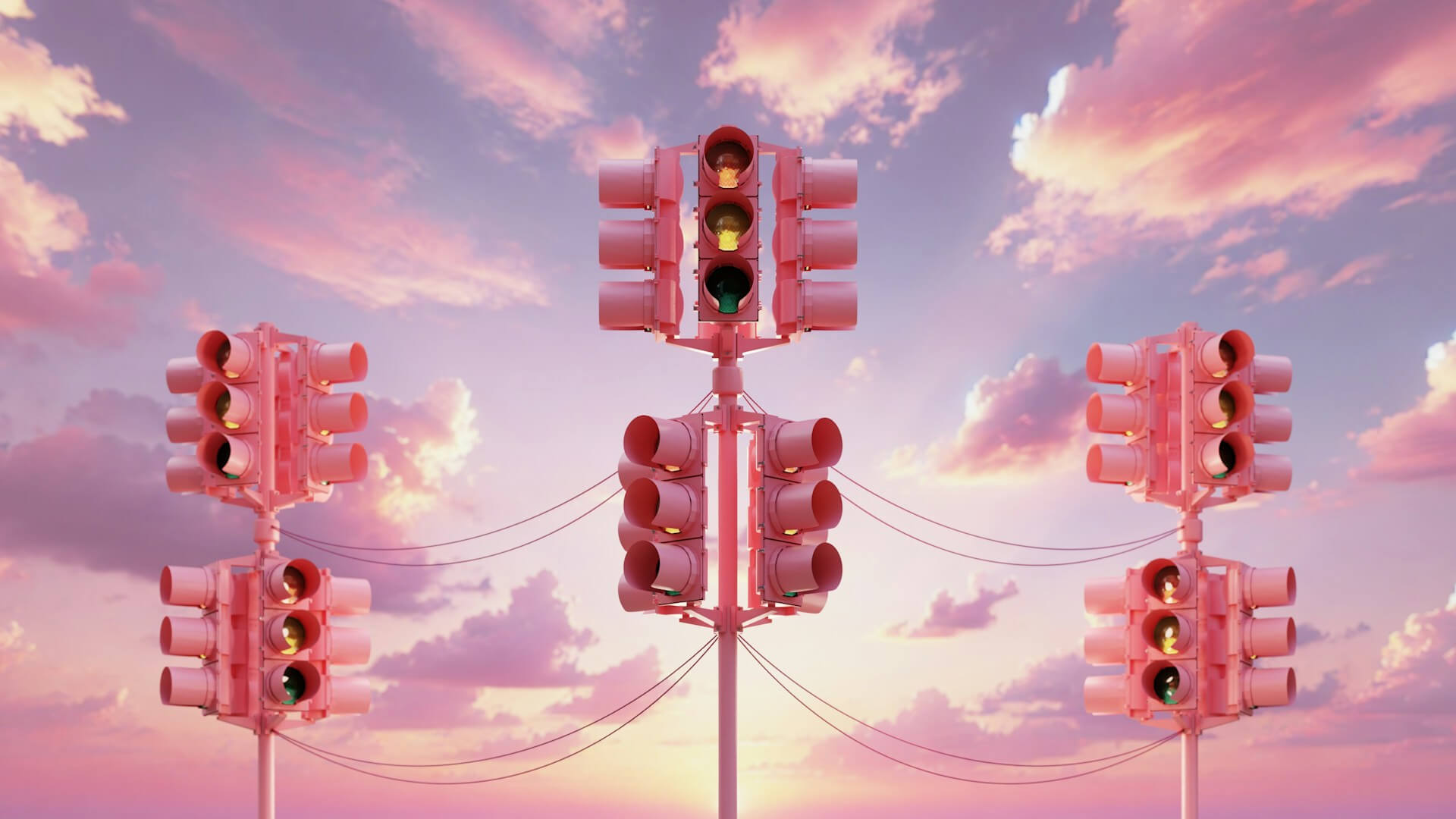By Tamara Hinson
Copyright independent

Don’t get me wrong – a visit to one of Munich’s oldest breweries is a great way to learn about the city’s historic connections with beer.
But for a different kind of insight into the region, I recommend hiring a bicycle (try Mike’s Bikes), and hopping on a 30-minute train ride to Rohrbach – a pretty village in the heart of the Hallertau, the world’s largest hop-producing region.
Hops were first grown here in 768 AD, and one of the best ways to explore it by with a cycling along the 100-mile long Hallertauer Hopfentour trail. Who knew, for example, that the vine-like hop plants must be wrapped around their trellises in a clockwise direction, otherwise they simply won’t grow?
Within minutes of leaving the station, I’m cycling through huge, Bavarian fields filled with hundreds of these trellises, and I’m hardly surprised that the region’s hops are used by thousands of breweries worldwide.
At the German Hops Museum, my personal highlight is standing inside the world’s largest (fibreglass) hop. Equally fascinating is the display of hundreds of beer bottles representing breweries – from Singha to Sam Adams – which use the local produce.
Our guide explains that this particular area of Bavaria was one of Germany’s poorest until the industrial revolution. From that point on, farmers were able to use machinery to pick their hops, and the largest exhibit is one of the earliest hop-picking machines (in this case, one made in the UK).
The next day, I head back to the city to enjoy a beer at Hofbräuhaus Munich, a sprawling brewery which has a capacity for 3,500 people. It’s incredibly popular with tourists but it’s also filled with locals.
Regulars here enjoy various perks. Groups of friends who come here for weekly catch-ups, for example, can have certain tables reserved at the same time every week, and Hofbräuhaus employee Tobias Ranzinger shows me one such table – the reservation indicated by a chalkboard plaque hanging overhead.
Read more: A bottle of whisky made me a Scottish landowner – here is how you can claim your plot
And then there are the stein lockers, which you’ll find in the main beer hall, just behind the tiny stage where the brass band plays. For the princely sum of €3 (£2.60) a year, you can store your personal glass under lock and key. The downside? There’s currently a four-year waiting list.
Breweries like the Hofbräuhaus, which hosts dinners for the homeless every Christmas, are very clearly treasured by locals. At the enormous Augustiner brewery, where the beer garden is so large that a fleet of tiny, clinking trucks ferry empty steins back and forth, there’s a huge playground where children can play while their parents enjoy a glass or two.
Today, a handful of smaller craft breweries are going all out to replicate this sense of community by offering a nod to the time when almost every neighbourhood in Munich had a Stehausschank (“standing bar”). These tiny beer halls and breweries didn’t have seating, but they were at the heart of the communities in question – a place where neighbours, friends and strangers would pause for a quick beer and a catch-up before going about their business.
Giesinger Brau Stehausschank, which was founded through crowdfunding, is one of several new craft breweries trying to bring back this tradition, serving up a relatively small range of delicious Bavarian beers in a standing room-only space. The beers are delicious, but there’s a reason you’ll never find them at Oktoberfest – the amount of beer they brew every year is similar to the amount of Hofbrau beer consumed at the famous beer festival every week.
But in many ways, that’s the beauty of Munich – there’s room for everyone. Giesinger Brau Stehausschank is located close to the Paulaner brewery, on the edge of Viktualienmarkt, where food stalls surround a vast beer garden serving beers from the city’s largest breweries on rotation.
At the heart of Viktualienmarkt is a maypole which, like beer, has strong connections with community and tradition in Bavaria – hence the maypole’s ornate beer-themed carvings, depicting everything from beer barrels to a stein-clutching monk. Many monasteries had their own hop farms, and prior to the 17th century, several of these farms were located in what is now Munich’s city centre.
At the Beer and Oktoberfest Museum at Sterneckerstrasse 2, exhibits on display include a tablet, dating back to 2400 BCE, engraved with a recipe for beer. There’s also a letter written in 98AD by Roman historian Tacitus, who expresses his shock at the amount of beer consumed by Germans.
My personal favourite is a stein shaped like Munich’s Frauenkirche, a church dating back to the 1400s. Crafted by local stein supremo Martin Pauson in 1890, the glass bears an ornate lithophane depicting the statue of Bavaria (patroness of the Bavarian state), which still stands in Munich’s leafy Theresienwiese – which, it so happens is the current location for Oktoberfest.
Read more: The UK’s first wine trail is as good as any in Napa Valley – here’s how to visit
This statue of Bavaria was commissioned in the early 1800s by Ludwig I of Bavaria, whose Munich wedding to Therese Charlotte Luise Friederike Amalie von Sachsen-Hildburghausen became a city-wide, six-day celebration.
Records show that 232,000 litres of beer were distributed to the general public, and days later, a local coachman suggested a similarly beer-soaked annual celebration to honour the couple. The public (perhaps unsurprisingly) were fully in favour.
King Max I Joseph gave his official approval for the annual celebration on October 2, and the Munich festival, named in honour of the date of his approval, still takes place to this day. The name? You’ve probably already guessed: Oktoberfest. If only all wedding anniversary celebrations were this much fun…
Tamara Hinson was a guest of the Sofitel Munich Bayerpost.
Return flights to Munich from London with easyJet start at £50.
Doubles at the Sofitel Munich Bayerpost start from £214 per night



